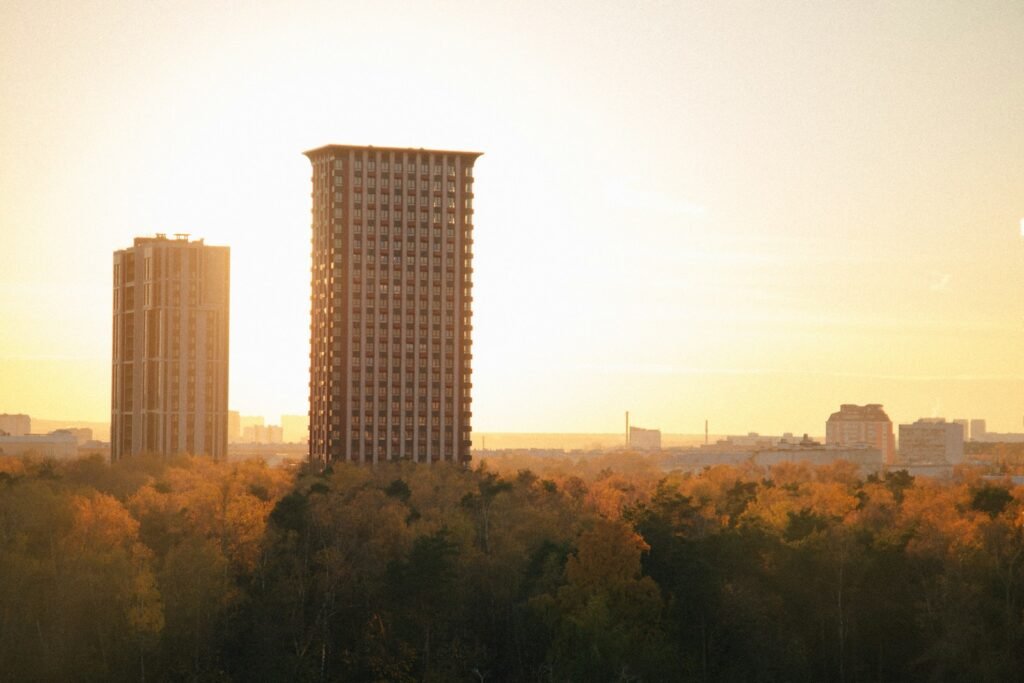By late summer, Phoenix feels like a kiln left open, the city’s edges shimmering as if reality itself is melting. The problem is no longer theoretical: heat is testing infrastructure, budgets, and bodies, pushing daily life into a kind of tactical endurance. Scientists armed with satellites and street-level sensors are mapping a crisis that was once dismissed as “just a hot spell.” But the mystery isn’t only why it’s getting hotter – it’s how close we’re edging to limits that humans and systems can’t tolerate. The search for solutions is now a race against a thermometer that seems determined to keep climbing.
The Hidden Clues
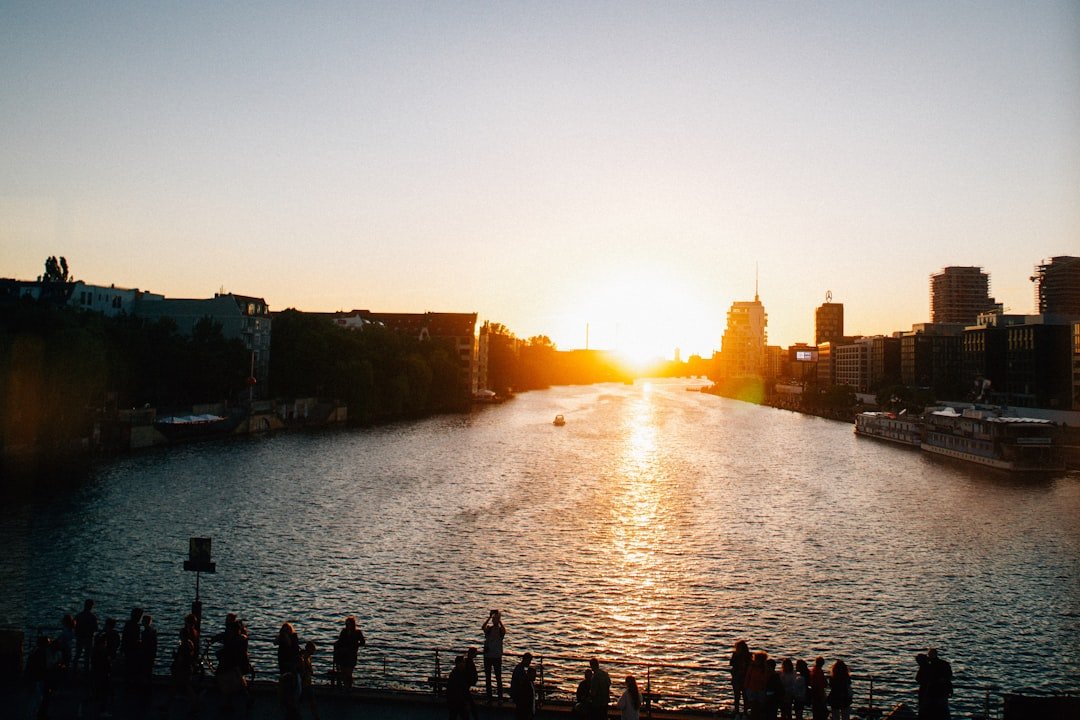
What does unbearable heat actually look like up close? Street trees drop leaves early, asphalt gleams soft under afternoon sun, and metal railings sting like stovetops. Even desert icons show stress; during punishing streaks, heat-weary saguaros can slump and split, a living barometer of extremes.
On the hottest evenings, windows hum with overworked AC units while sidewalks radiate yesterday’s heat straight into midnight. I’ve walked those oven-hot blocks in late July, where the air feels heavier with every step and the shade of a bus shelter buys you a few precious heartbeats of relief. These are the small signals that a city is nearing its thermal limits.
From Ancient Tools to Modern Science
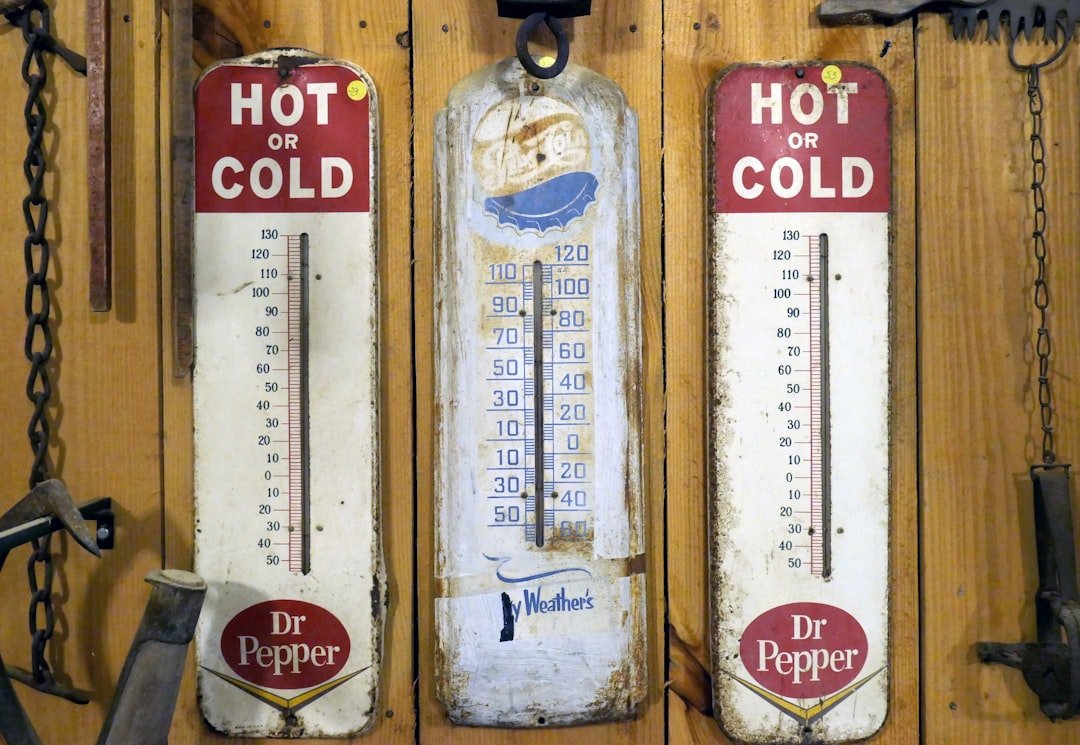
We’ve always measured heat, but the instruments have evolved from shaded mercury columns to a web of satellites, drones, and neighborhood sensors. Phoenix benefits from dense monitoring – airport readings, rooftop stations, and mobile surveys that capture how temperatures shift block by block. That richer picture reveals a simple truth: not all heat is created equal across a city.
Researchers now blend ground observations with thermal imagery and reanalysis models to reconstruct the full shape of a heatwave. The result is a high-resolution map of risk that explains why one neighborhood broils while another survives. In the data, you can trace heat to building materials, lost shade, and even the geometry of a street.
The Urban Heat Engine
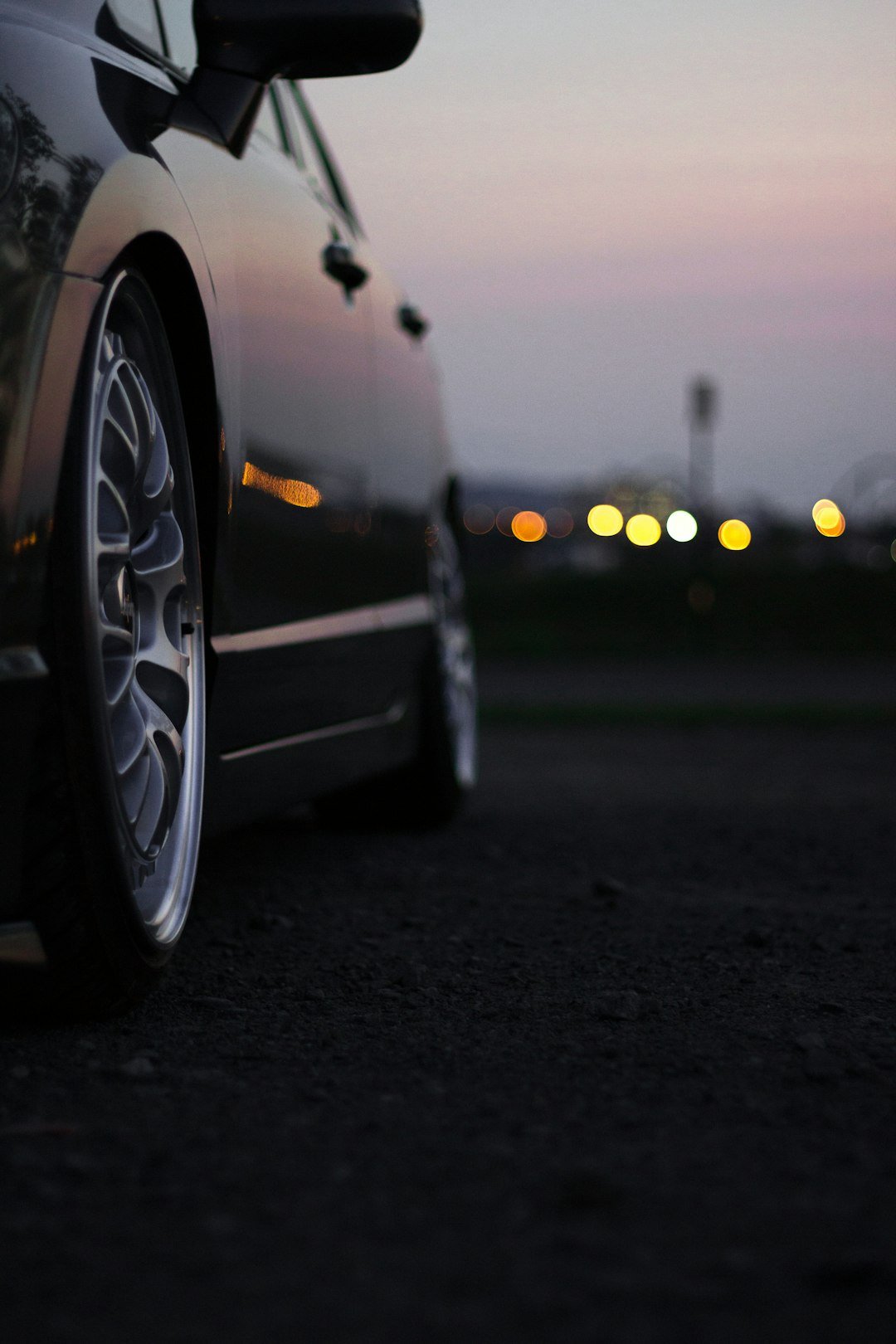
Concrete and asphalt act like batteries, soaking up energy all day and releasing it when the sun goes down. That slow leak turns nights into a second, stealthier heatwave, the kind that denies the body its chance to cool. Without overnight relief, stress compounds, and health risks spike for the very young, the elderly, and outdoor workers.
Air conditioning saves lives, but it also exhausts hot air outside and loads the grid just when it’s most vulnerable. Add minimal shade, wide parking lots, and low tree cover, and you’ve built a perfect heat amplifier. It’s not just weather – it’s design.
A City Pushed to Its Limits
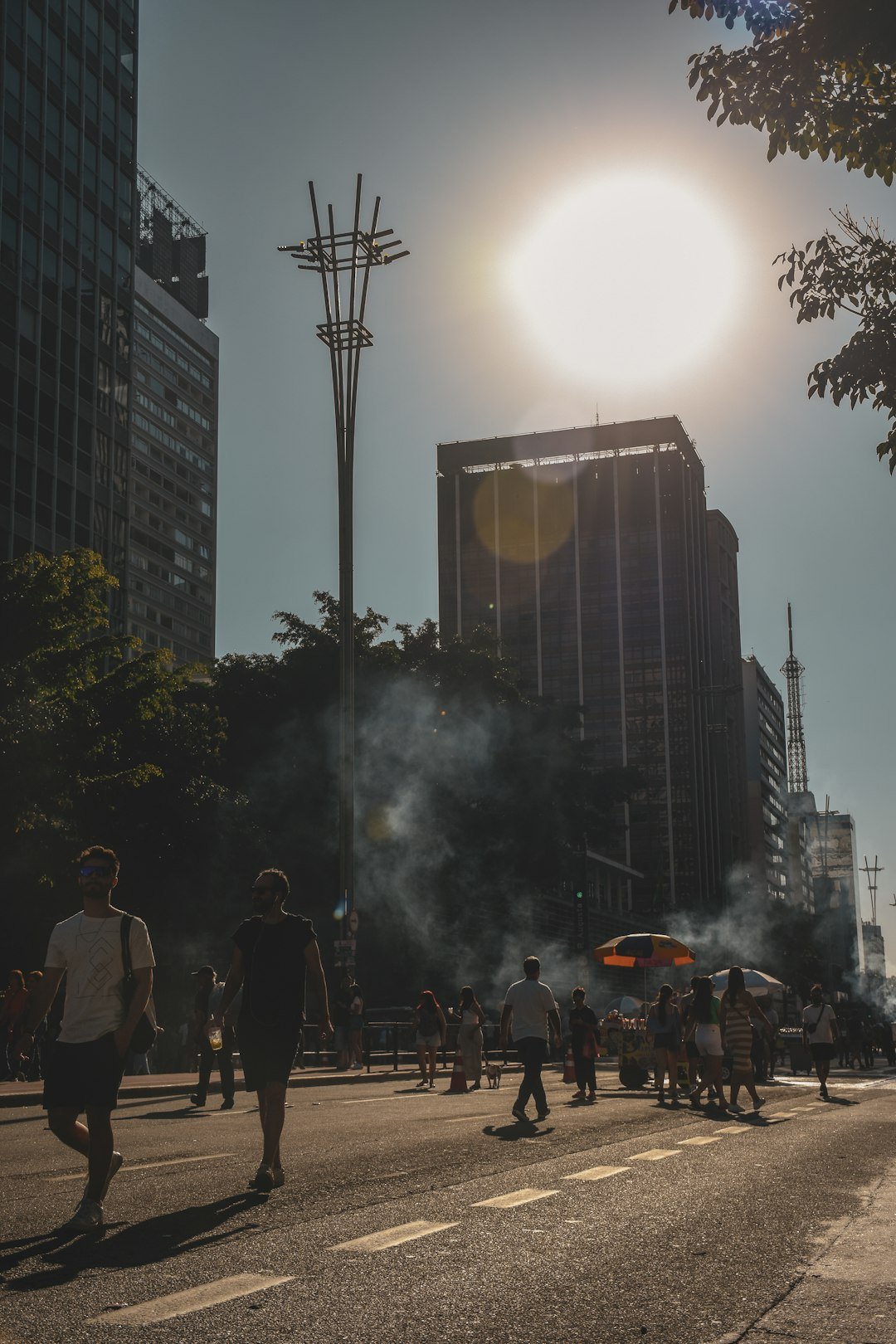
When daytime highs jump well past 110 degrees and nights hover in the upper eighties, everything slows, breaks, or costs more. Road crews battle softening pavement while power companies prepare for record demand that can stretch systems to their edges. Hospitals see more heat-related illness, and hydration stations become lifelines rather than amenities.
For people without stable shelter or reliable air conditioning, the margin is razor thin. Outdoor work schedules shift pre-dawn, school sports pause, and construction sites juggle safety with deadlines. The economy keeps moving, but each degree adds friction you can feel in your wallet and your lungs.
What the Numbers Are Saying
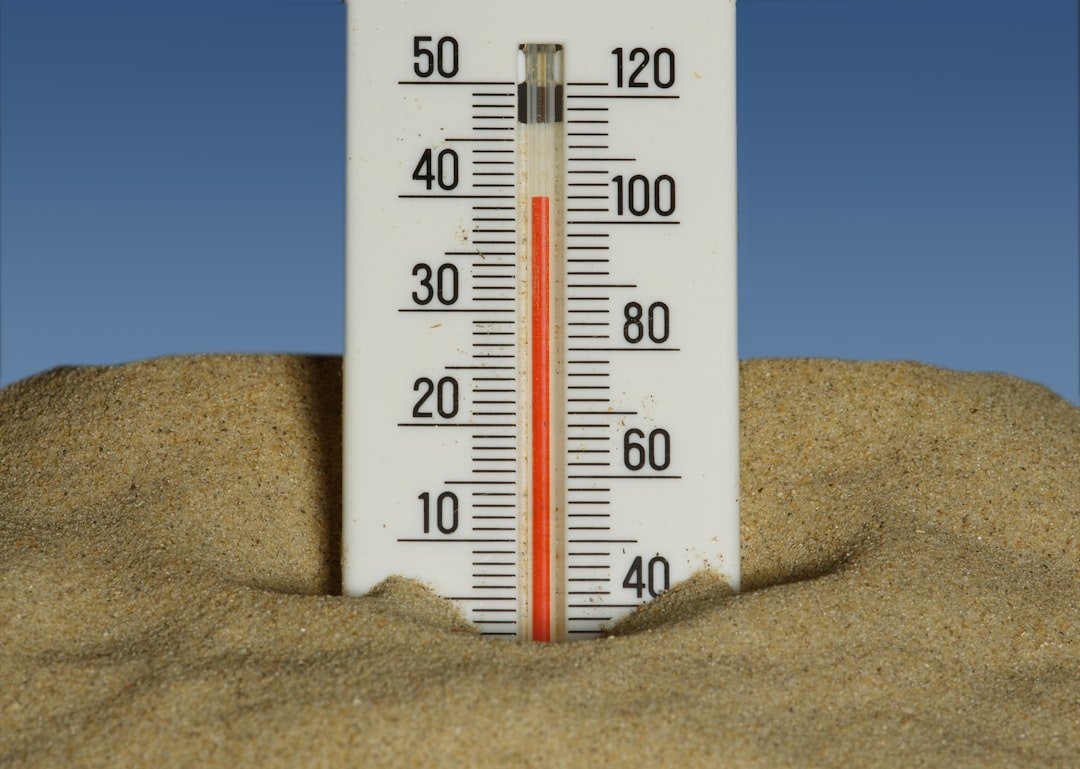
In recent years, Phoenix has endured some of the longest runs of 110-plus days on record, including a historic streak that reset expectations of what’s “typical” summer weather. Nighttime lows, which once offered relief, increasingly sit above levels the body finds restorative. Public health records show heat-associated deaths rising over time, underscoring that heat is not only uncomfortable – it’s deadly.
Researchers track another crucial metric: humidity paired with temperature, known as wet-bulb. Sustained wet-bulb readings approaching the mid-nineties Fahrenheit are considered extremely dangerous, with the theoretical survival limit at 95°F, a stark threshold that turns abstract charts into immediate stakes. Phoenix usually runs dry, but when moisture surges during monsoon bursts, the combination narrows the body’s escape routes.
Why It Matters
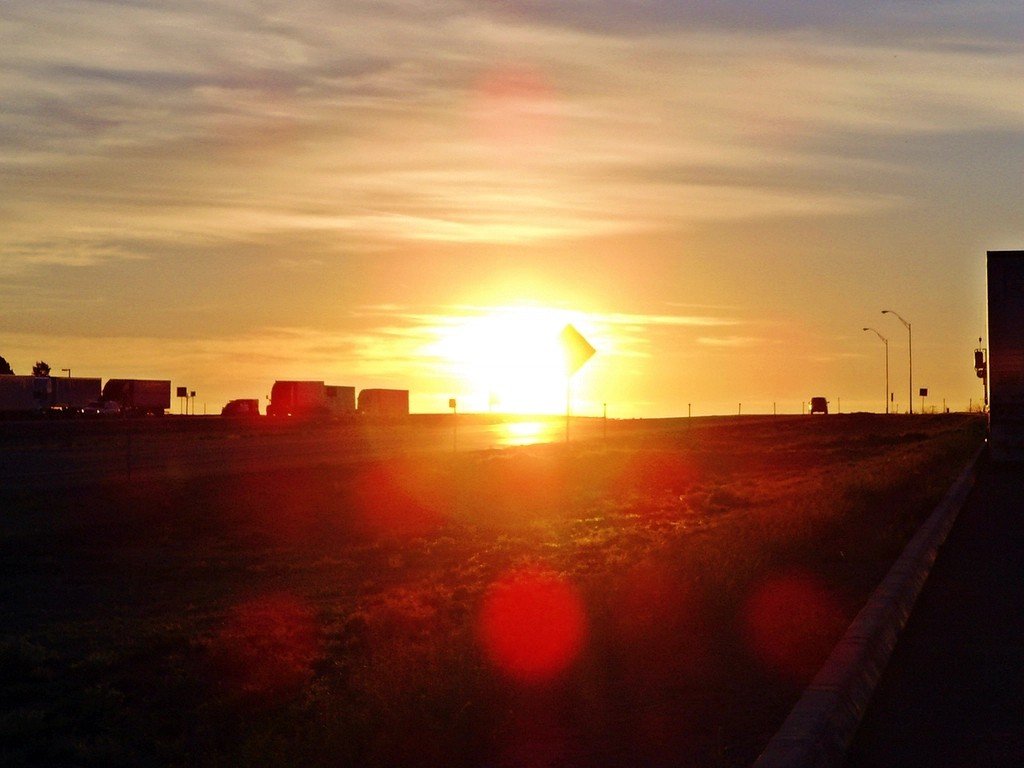
Heat is the most quietly lethal weather hazard in the United States, outpacing floods, hurricanes, and tornadoes many years. Unlike a storm with a dramatic landfall, heat deaths scatter across homes, streets, and workplaces, often hidden in plain sight. That invisibility can lull communities until infrastructure starts to fail and hospitals fill.
Comparisons help: rainstorms pass, but heat can linger for weeks, draining people, power, and budgets day after day. Traditional coping tools – fans, ice water, shade – still help, yet they’re increasingly inadequate without systemic fixes like grid resilience, tree canopy, and building standards. The lesson is blunt: adaptation isn’t optional; it’s the cost of staying.
Global Perspectives
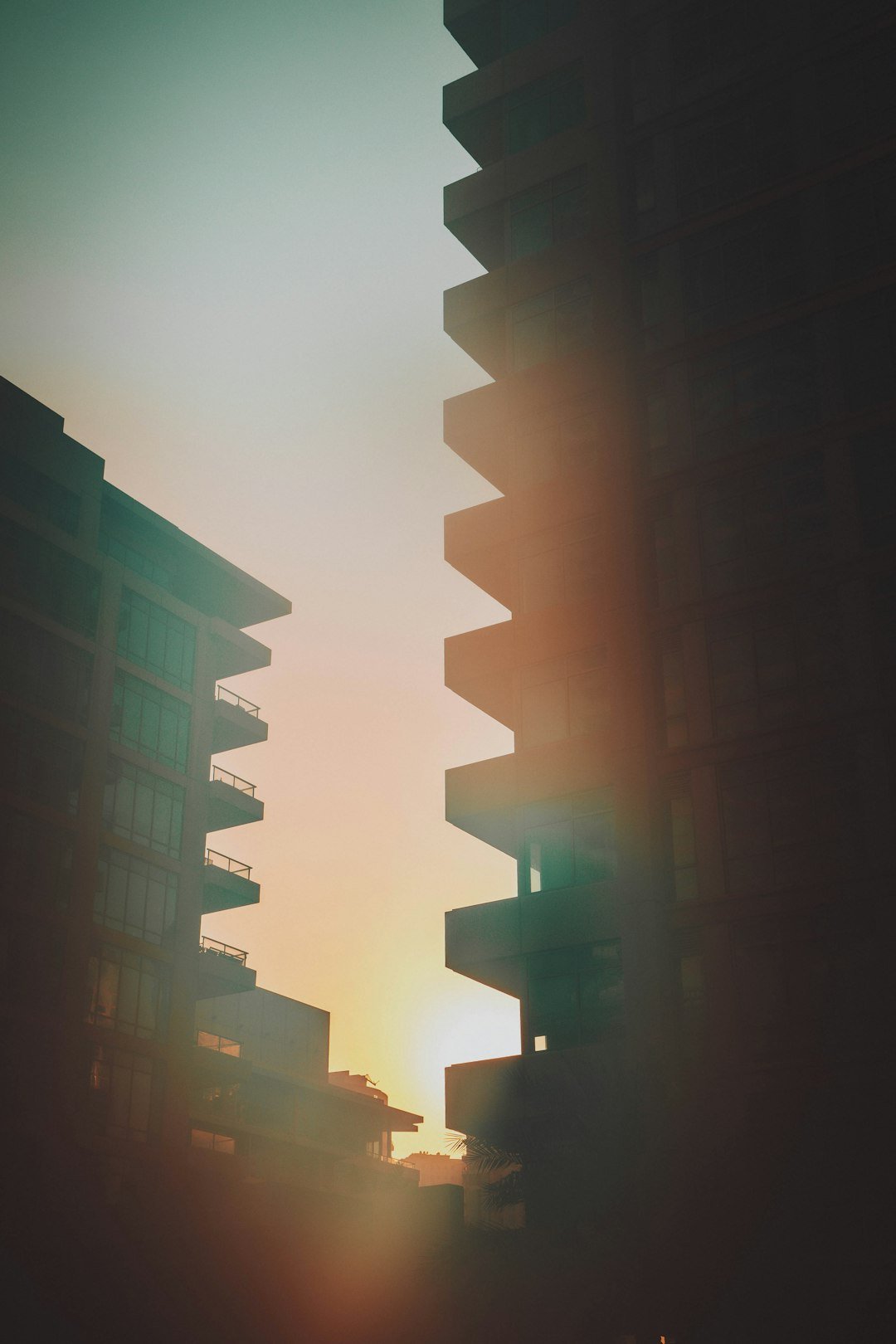
Phoenix is a front line, but not an outlier. Cities from the Middle East to South Asia are testing their limits, with humid heat pushing toward thresholds once thought improbable. Coastal cities face heat layered on humidity, while interior metros battle relentless sun and bone-dry air that hides risk until dehydration hits.
There’s a pattern: rapid urbanization often removes shade and adds heat-absorbing surfaces, multiplying risk for neighborhoods with fewer resources. Lessons from one desert city can help another, yet solutions must fit local culture, climate, and infrastructure. Heat is global, but adaptation is profoundly local.
The Future Landscape
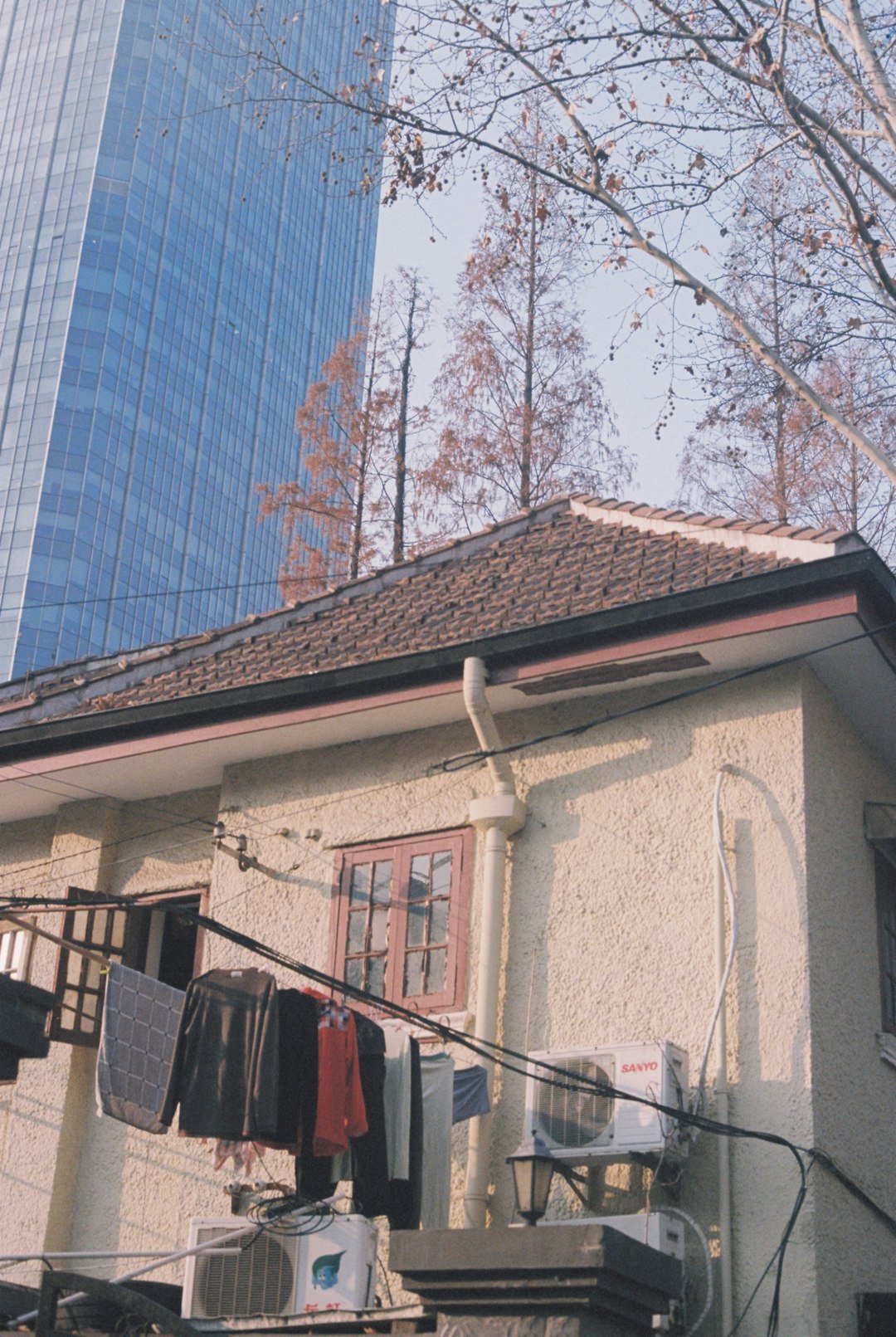
What changes the trajectory? Smarter building codes that reflect desert realities, reflective and permeable pavements, and roofs that bounce sunlight back to the sky. Tree canopy is a game changer; even modest shade can lower surface temperatures dramatically, reshaping how streets feel at noon. Cooling corridors – routes lined with shade, water features, and shelters – can turn daily errands from hazardous to manageable.
Technology is catching up: predictive heat dashboards, neighborhood-scale early warnings, and microgrids that keep cooling centers online during peak demand. Long term, water-wise urban forests, district cooling, and passive design will decide whether summers are survivable or punishing. The future is a design problem as much as a climate one.
Living With Heat: What Works, What Fails
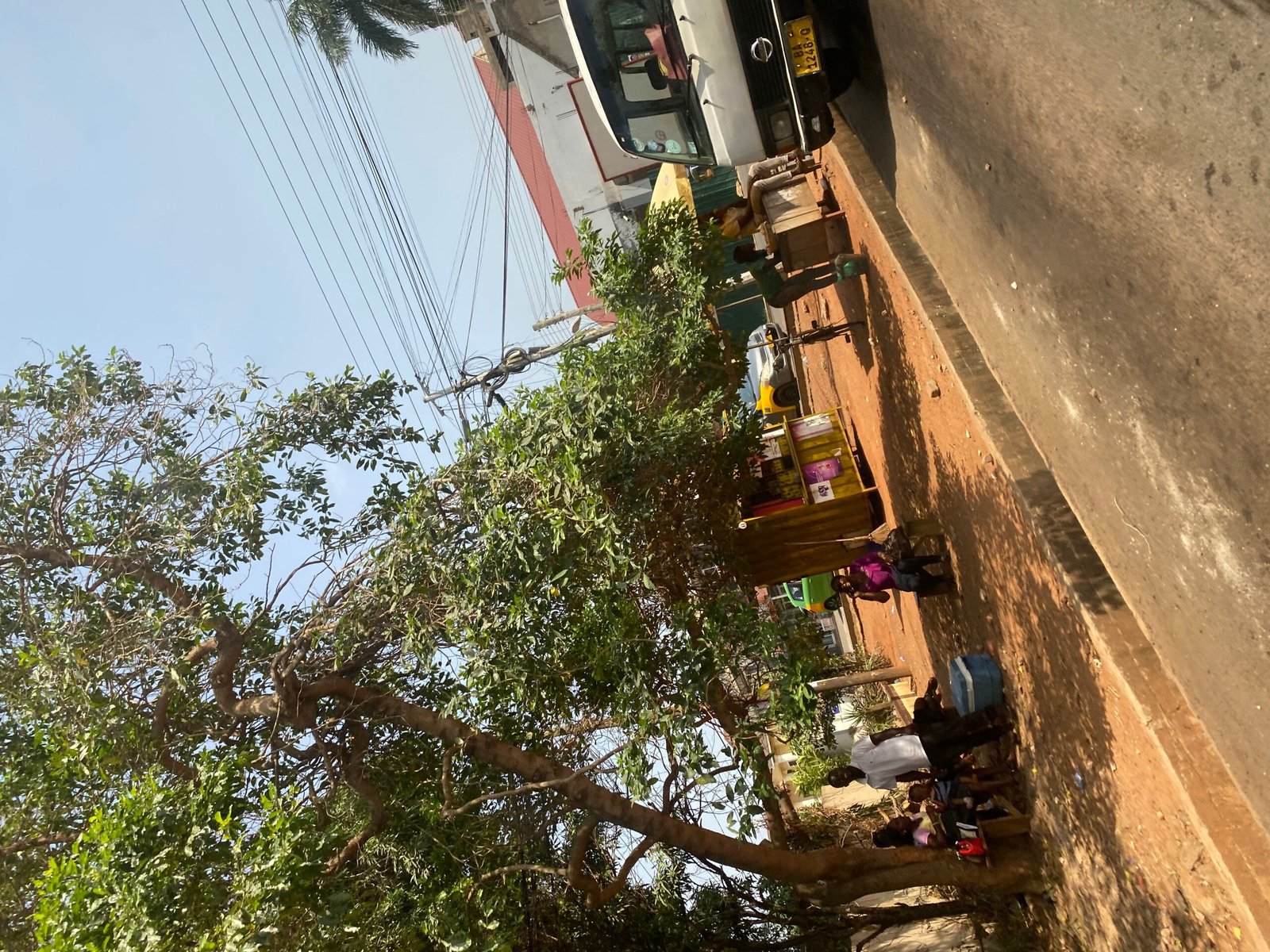
Some fixes look good on paper but falter on the sidewalk. A single ornamental tree won’t shade a bus stop at 4 p.m., and dark “designer” pavements turn plazas into griddles. Misters cool skin in dry air but are useless during power outages or if water access is limited.
By contrast, reflective roofs, deep overhangs, and full-canopy trees reduce heat at the source. Shade where people actually move – transit stops, crosswalks, schoolyards – pays off immediately. The best test is simple: does this change make feet-on-the-ground life cooler at the hottest hour?
What You Can Do Right Now
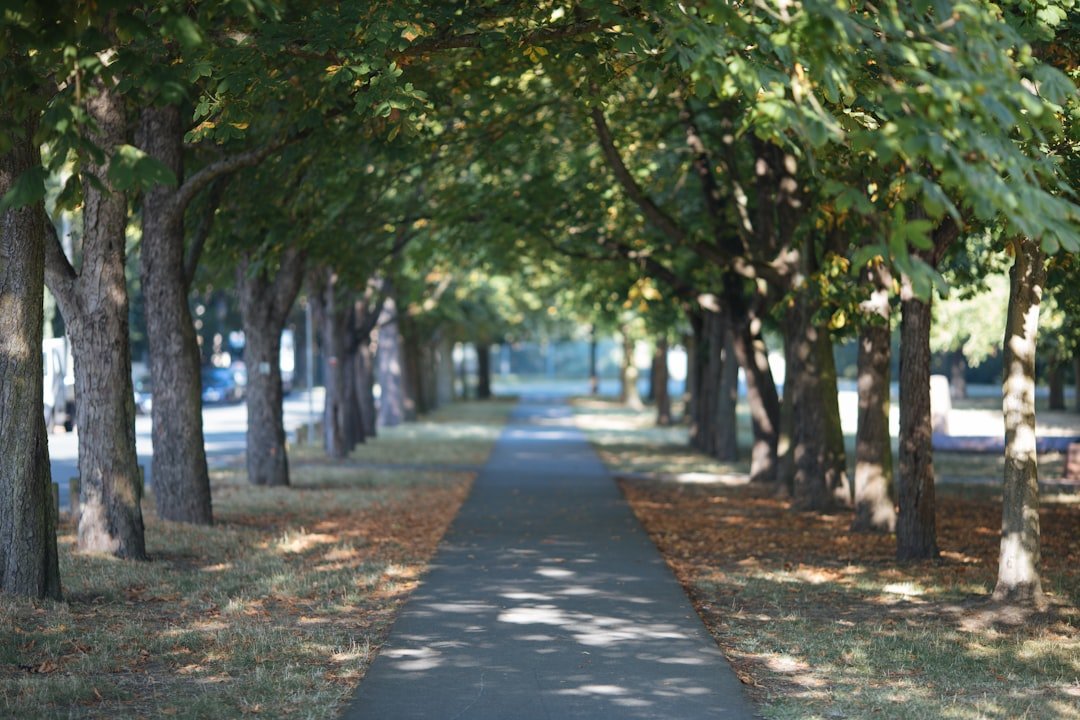
Start with your microclimate. Plant shade where it helps a window, walkway, or shared space, and choose drought-tolerant species that thrive in poor soils and scorching sun. Replace heat-trapping gravel with lighter, permeable materials where possible to cut the late-afternoon radiation that bounces into your home.
Advocate for heat-smart policies: more cooling centers within walking distance, heat-aware construction schedules, and neighborhood tree plans that prioritize the hottest blocks first. If you can, support local programs that deliver cooling assistance and home upgrades for vulnerable households. Small changes add up when an entire city pulls in the same direction.
Conclusion
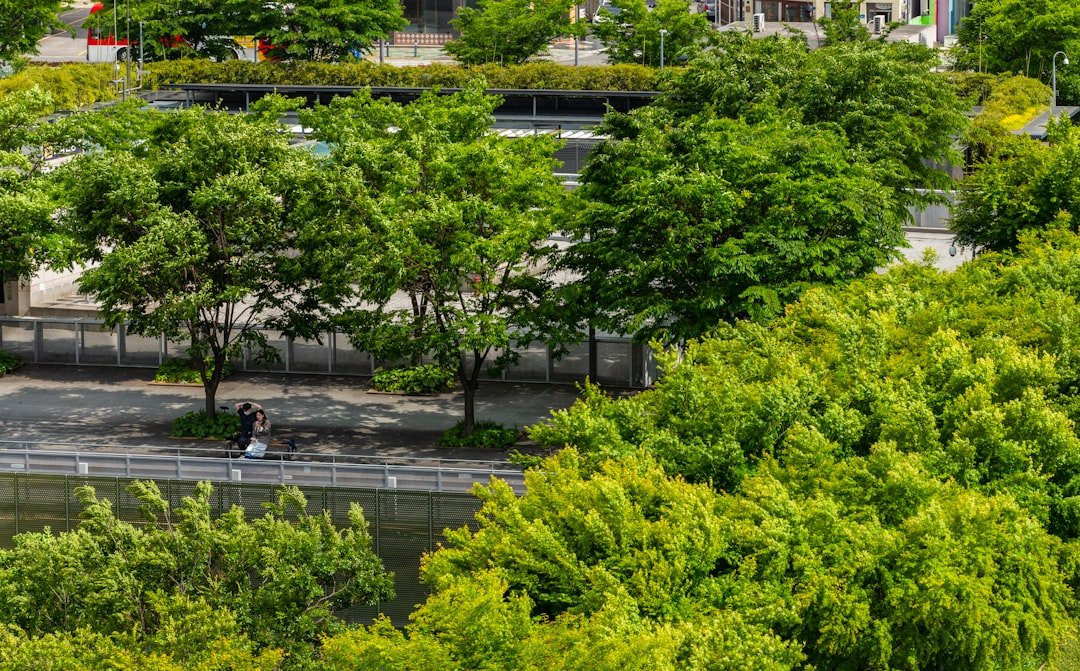
Phoenix isn’t just surviving heat; it’s teaching the world how to live with it, one block, one building, one tree at a time. The science is clear about the risks, but it’s equally clear about the solutions that work when we invest in them. What happens next depends on whether we treat heat as background noise or as the central design challenge of desert life.
In a place where the sun writes the daily script, the choice is to adapt with intent or be adapted by force. The city’s future will be measured not only in degrees, but in shade, resilience, and care for neighbors. Which measure do you want to rise first?

Suhail Ahmed is a passionate digital professional and nature enthusiast with over 8 years of experience in content strategy, SEO, web development, and digital operations. Alongside his freelance journey, Suhail actively contributes to nature and wildlife platforms like Discover Wildlife, where he channels his curiosity for the planet into engaging, educational storytelling.
With a strong background in managing digital ecosystems — from ecommerce stores and WordPress websites to social media and automation — Suhail merges technical precision with creative insight. His content reflects a rare balance: SEO-friendly yet deeply human, data-informed yet emotionally resonant.
Driven by a love for discovery and storytelling, Suhail believes in using digital platforms to amplify causes that matter — especially those protecting Earth’s biodiversity and inspiring sustainable living. Whether he’s managing online projects or crafting wildlife content, his goal remains the same: to inform, inspire, and leave a positive digital footprint.

